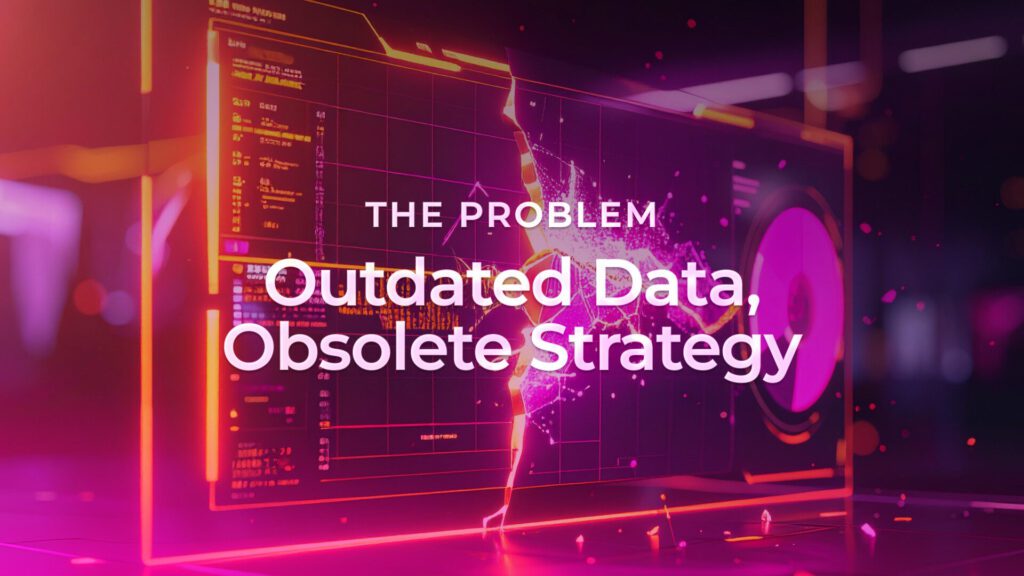
In Part One, we established that even the most brilliant GTM strategy is doomed without the operational backbone to support it. That backbone requires foundational policy and cooperation between teams, but the engine that moves the needle is technology. For many organizations, the tech stack intended to empower GTM is actually its greatest impediment. This is called MarTech debt.

MarTech debt is the accumulation of inefficiencies, technical compromises, and manual workarounds stemming from a fragmented, poorly integrated marketing technology stack. It is the tangle of unintegrated tools, siloed customer data, and inefficient workflows that makes rapid, informed GTM execution impossible.
Ask any operations leader, and they’ll confirm that implementing major new GTM technologies, like a Customer Data Platform (CDP), a new Account-Based Marketing (ABM) tool suite, or even a major CRM overhaul, is a feat in itself. Then there’s a need to fully train teams to use those tools, which can take months to go from the moment when the decision was made to when the team is trained to use the tools to true operational effectiveness.
This isn’t an exaggeration. Weeks are eaten up by data migration, custom API integrations, internal change management, and establishing new compliance standards. If your 2026 strategy relies on a modern, data-driven GTM — which it absolutely should — but you wait until late into the year to start the procurement process for some systems, then chances are good that you will be using last year’s tools and data architecture. This can cause hiccups from the outset if the initial strategy requires using those updated systems.

Your 2026 GTM strategy will inevitably be built upon assumptions about your Ideal Customer Profile (ICP), market segmentation, and pipeline velocity. These assumptions, however, must be continuously validated by a Single Source of Truth (SSoT) for customer data. When your data is siloed across half a dozen unintegrated tools, like CRM, marketing automation, website analytics, and a sales engagement platform, then you lose the ability to accurately and immediately answer core GTM questions like:
- What is the true cost of customer acquisition (CAC)?
- Which content actually influences the latter stages of the pipeline?
- How do we accurately forecast revenue when our MQL definitions differ between Marketing and Sales departments?
The compounding effect of MarTech Debt makes accurate forecasting virtually impossible. You are relying on manually compiled, often contradictory, reports.

Starting now allows you to conduct a critical “MarTech Stack Clean-Up” and establish the SSoT for GTM data. This is not a luxury; it is the essential precondition for accurate 2026 forecasting and for deploying any modern, personalized, or ABM-style GTM motion.
A proactive stack clean-up involves:
- Inventory and rationalization: Auditing all GTM tools and sunsetting redundant or non-integrated systems.
- Data unification: Prioritizing the implementation of a foundational data layer (often a CDP or robust data warehouse) to create the SSoT.
- Process mapping: Redefining all GTM workflows based on the new, integrated toolset, removing manual data transfers and shadow IT solutions.
By tackling this operational debt now, you ensure that when your 2026 strategy officially launches, your GTM engine is running on clean, real-time fuel, not a patchwork of old systems.
In Part Three of this GTM series, we will provide the immediate, actionable first steps you must take this quarter to close the GTM operational gap.
If you’re ready to start identifying the actions you can take today before 2025 comes to a close, get in touch with info@tpalmeragency.com to find out how we’ve helped our clients plan, clean up, and execute their MarTech operations.





